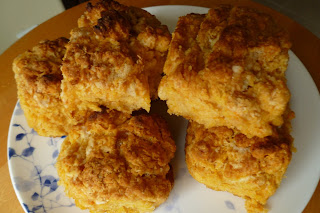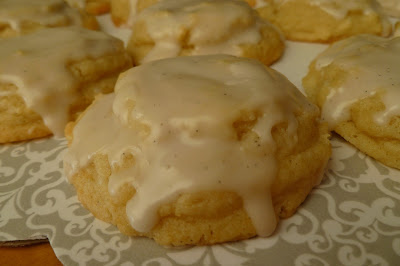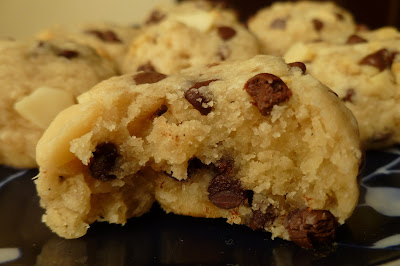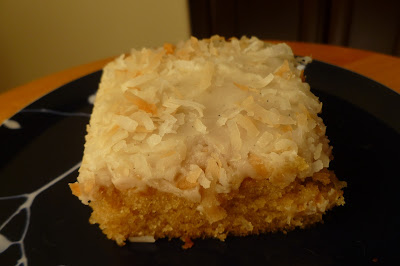I love sweet potatoes. I love biscuits. So you would
think I would love sweet potato biscuits, right? I want to, I really do. This
is my second attempt at making them with two different recipes. But either the
recipes aren’t right or I’m doing something wrong but I just have not been able
to make a sweet potato biscuit to die for.
I know, I know, it’s “just a biscuit”. But still. At work, our culinary team made to-die-for regular buttermilk biscuits last month and I still think about them. Let’s let that sink in for a moment. Given my love of sweet potatoes, you’d think these would have a fighting chance against those “plain” biscuits. Nope. Not even close.
I didn’t get the same texture I wanted and frankly, the sweet potato taste just wasn’t there. Sigh. And they were nothing special to look at either. The ones on the original blog I got the recipe from looked much better. Double sigh. Oh and it was initially too floury so I also had to keep adding a little more buttermilk, a teaspoon at a time, until the dough came together enough to even be shaped into biscuit-like structures. So maybe biscuits just aren’t my thing or I just don’t know how to make sweet potato biscuits to perfection. These were edible, especially warm with butter melting over them. But that’s all I’ve got.
2 tablespoons brown sugar
2 1/2 teaspoons baking powder
1/2 teaspoon salt
1/2 teaspoon baking soda
6 tablespoons chilled butter, cut into pieces
3/4 cup sweet potato puree
1/3 cup buttermilk
- Preheat oven to 425 degrees F and lightly spray a 8" baking pan with cooking spray.
- Whisk together flour, sugar, baking powder, salt and baking soda.
- Using a pastry cutter or two knives, cut in chilled butter until it resembles coarse meal with some pea-sized butter pieces remaining.
- In a separate bowl, combine sweet potato puree with buttermilk. Add mixture to dry ingredients and incorporate with a fork; do not overmix. Add a few drops of buttermilk if mixture is too dry.
- Turn the dough out onto a floured surface and knead into a ball. Flatten ball into a disc shape, about 1 inch thick. Using a biscuit cutter, cut out 8 biscuits. Form any remaining dough into a round biscuit.
- Place in prepared pan with sides touching and bake for 20-25 minutes or until golden.


















































